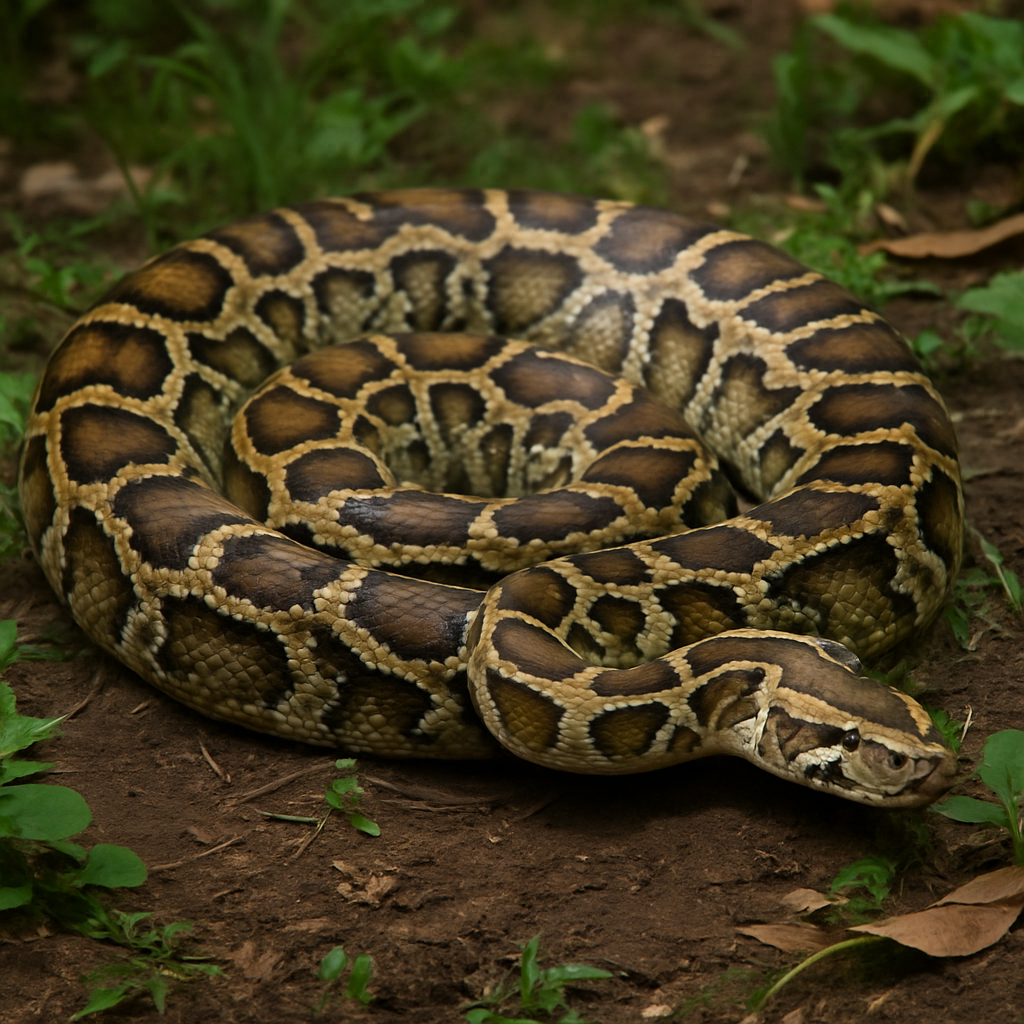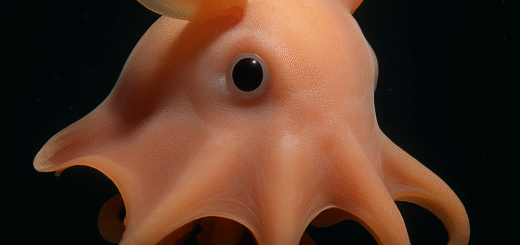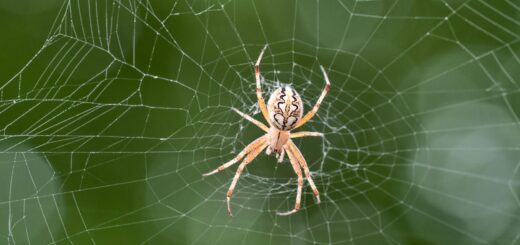Everything You Need to Know About Burmese Pythons
What is a Burmese Python?
The Burmese python is a non-venomous constrictor, native to Southeast Asia, specifically in countries like Myanmar, Thailand, and parts of India. Known for its large size, the Burmese python can grow up to 23 feet long and weigh over 200 pounds. Despite their intimidating size, they are relatively docile and often kept as pets by experienced reptile owners.

Physical Characteristics of Burmese Pythons:
Burmese pythons have a distinctive appearance, characterized by their light yellow or cream-colored bodies adorned with dark brown or black markings. Their skin is covered in beautiful patterns that help them blend into their natural environment, such as grasslands, forests, and wetlands.
The size of these snakes makes them a true marvel of nature. While their average length is around 12-18 feet, some individuals can exceed 20 feet. Despite their size, Burmese pythons are known for being gentle and calm, which makes them more suitable as pets than other large snake species.
Habitat and Diet of Burmese Pythons:
In the wild, Burmese pythons are often found in tropical and subtropical regions. They are semi-aquatic and prefer to live near water bodies like rivers, swamps, and marshes. These pythons are ambush predators and primarily feed on mammals and birds. Their diet includes small to medium-sized animals, such as rats, rabbits, birds, and even large prey like deer and pigs, which they swallow whole after constricting them.
In captivity, Burmese pythons are typically fed rodents and occasionally larger animals such as rabbits. They need to be fed every 1-2 weeks depending on their age and size. Feeding a python the right diet is critical for its health and longevity.
Burmese Python as a Pet:
Although they are often kept as pets, Burmese pythons are not recommended for beginners due to their size and specialized care requirements. They require large enclosures to accommodate their size and must be provided with an appropriate temperature gradient to regulate their body temperature. Additionally, regular handling is essential to keep them accustomed to human interaction.
The Burmese python is relatively low-maintenance compared to other exotic pets but does require experienced care. Their temperament tends to be calm and non-aggressive, especially if raised in captivity.
The Invasive Problem in the U.S.:
In recent years, the Burmese python has become an invasive species in Florida, particularly in the Everglades. The pet trade has led to the release of these snakes into the wild, where they have thrived in the warm, humid climate. As apex predators, Burmese pythons have caused significant ecological disruption by preying on native wildlife. The U.S. government has taken steps to control their population, including banning the import and sale of Burmese pythons as pets.
Burmese Python Care Tips:
If you are considering owning a Burmese python as a pet, it is essential to understand the care requirements. Here are a few tips:
- Space: Ensure your python has an appropriately sized enclosure. For an adult, a large custom-built cage or terrarium is necessary.
- Temperature and Humidity: Maintain the correct temperature range (85-90°F during the day and 75-80°F at night) and humidity levels around 50-60%.
- Feeding: Feed your python appropriately-sized prey every 1-2 weeks. Ensure prey is thawed if frozen and always supervise feeding.
- Handling: Handle your Burmese python regularly to ensure it remains calm and accustomed to human interaction.
- Vet Care: Regular vet checkups are crucial to ensure your python stays healthy. Be mindful of parasites and skin conditions that can affect these snakes.
Conclusion:
Burmese pythons are fascinating creatures, both in their natural habitat and as pets. Their impressive size and unique features make them a captivating species for reptile lovers. However, they come with specific care needs and challenges, particularly for new owners. Understanding their requirements and respecting their power is crucial to keeping them healthy and safe in captivity. With proper care, a Burmese python can live a long, healthy life and become a truly extraordinary pet for the right person.








